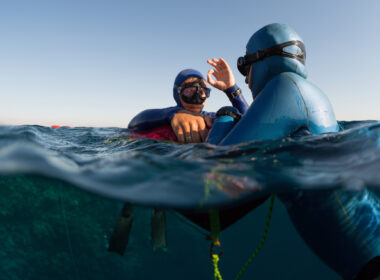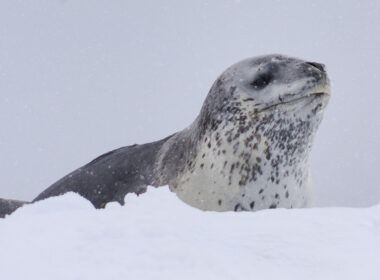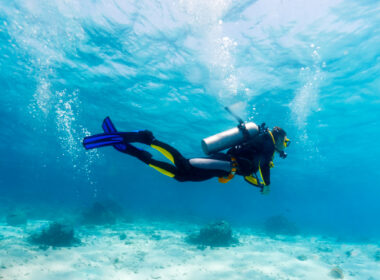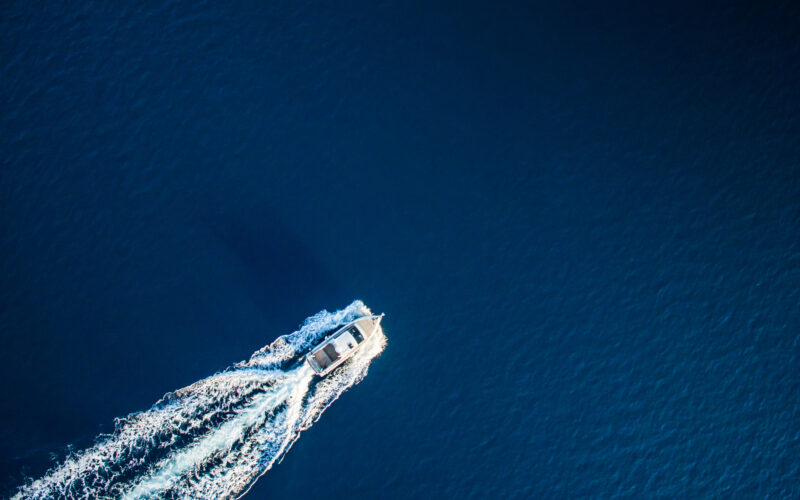The weather conditions for diving play a crucial role in the divers satisfaction , influencing various factors that affect safety and the overall underwater experience . Let’s delve into how surface conditions impact diving and explore the safest weather conditions for scuba diving or freediving.
Weather conditions are key to a safe and enjoyable dive, but no matter the forecast, having the right coverage is essential. Ensure you’re protected for every dive, in any condition. Click here to secure your diving insurance today and dive with peace of mind!
Surface Influence on Diving
Contrary to the perception of the ocean’s surface as a mere boundary, surface weather profoundly impacts the underwater environment. Weather elements such as wind, temperature, rain, storms, tides, and currents all have significant implications for divers, affecting visibility, water movement, and safety. It makes sense to check the weather forecast before diving, assure you have the right equipment and exposure gear for the conditions and if you are new to the area, discuss with local divers how this type of weather forecast may affect the underwater world.
Weather Conditions for Diving – Tides and Currents
Tides and currents influence your dive in many ways. You may need to change the start and end point of your dive, do a boat dive where you are dropped and collected elsewhere, and you should always carry safety devices such as a surface marker buoy and a surface signaling device, such as a whistle.
Above water, tidal fluctuations affect access to dive sites, exposing hazards during low tide and opening up new areas during high tide. Strong currents accompanying tidal changes can challenge surface navigation, potentially leading to divers drifting off course. Below water, tidal currents stir up sediment, reducing visibility and increasing the risk of exhaustion in divers navigating against the current. Entrapment risks and hazards around underwater obstacles are heightened in strong currents, necessitating careful dive planning, buoyancy control, and site selection. Divers should utilize the buddy system, maintain clear communication, and stay informed about local conditions to ensure safe navigation and enjoyment of underwater exploration amidst dynamic tidal and current environments.
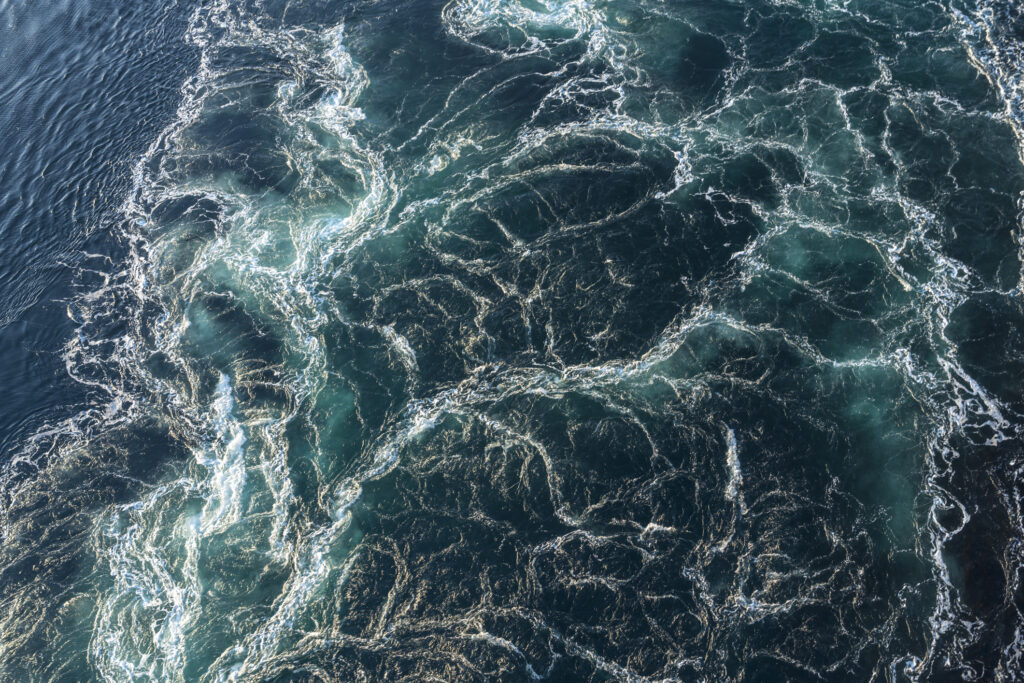
Wind Speed and Direction
Wind doesn’t just affect us outside the water or on the boat. High wind speeds can affect the water surface by creating large waves and strong surface currents. This can be an extra challenge for you as a diver and could lead to exertion, especially when entering or exiting the water, it can also cause higher air consumption rates, especially if you need to wait at the surface for your dive group or the boat and need to keep your regulator in place. When boat diving, ensure you are aware of the procedure for being picked up in high waves, the guides will appreciate you listening to them as they are trying to keep you safe.
Onshore winds can push surface water away, which can cause nutrient-rich and colder water from below to upswell, altering water temperature and increasing marine life activity. Mild offshore winds can be a treat, facilitating easier entry and exit and resulting in calmer surface waters and enhanced visibility.
Water Temperature
Water temperature is critical for diver comfort and safety, with extremes, especially when ill-prepared presenting risks such as hypothermia or equipment malfunction. Ensure you are aware of the water temperature and that you have the right exposure suit for that particular temperature. If in doubt, see what the locals use or discuss with a local dive professional. Bear in mind that some diving regulators are not made to be used in cold waters and can freeze up if you are not careful.
Additionally, air temperature affects the diver’s body temperature, before and after the dive emphasizing the importance of diving in temperatures above 12°C / 54°F for safety and comfort, unless you have specialised training.
Rain and Storms
While rain itself does not significantly impact diving conditions below the surface, and diving underwater when there is rain above can be an otherworldly experience in itself, heavy rainfall can reduce underwater visibility by stirring up sediment. Storms, including strong winds, rough seas, and lightning, pose greater risks. Entering the water from shore with stormy seas can be a challenge, as can getting back on the boat after a dive. Strong rain and low clouds can reduce surface visibility, making it easy to get disoriented and making it difficult for the boat captain and crew to find you.
Lightning strikes are particularly hazardous in the ocean due to seawater’s conductivity, necessitating clear skies and a lack of lightning threats for safe diving conditions.

Optimal Weather Conditions
For safe diving, ideal conditions include clear skies, warm temperatures, high tides, and mild currents and winds. Prioritizing weather monitoring before diving is essential for ensuring a successful and enjoyable experience while minimizing risks. Stay informed about local weather conditions for a safer underwater adventure and remember to #divesafe.
Discover more about safe diving with our blog post: Dive Safe: 10 Essential Rules for Scuba Diving and Freediving


